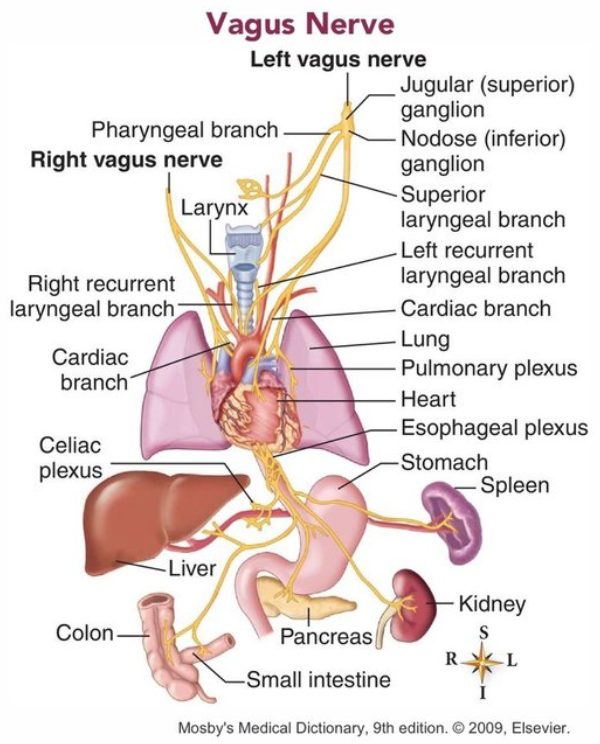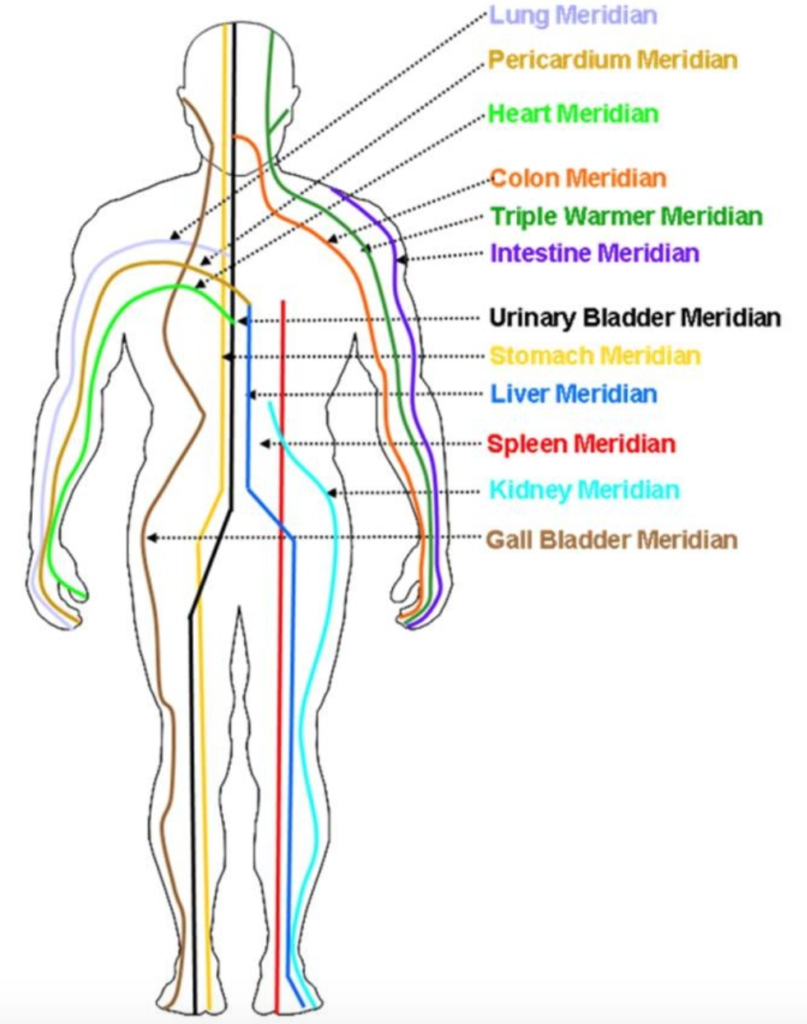You’ve heard the saying, “You’ll more likely rust out than wear out”.
Now in midlife, I have experienced worn out or injured body parts that have needed intervention. Even so, as a general rule, the moments at which I feel physical aches are generally attributed to periods of inactivity and muscle tightness. I feel much better physically and mentally when I am in a period of balanced and active physical engagement. I’m sure you do, too!
One of the noncompetitive movement activities I’ve grown to appreciate is yoga. Yoga is an ancient and multifaceted practice, rooted in Indian philosophy. What originated as a spiritual practice has become a popular way to promote physical and mental wellness. Yoga is not only physical movement, but also meditative concentration. In addition to supporting flexibility and mindfulness, it incorporates concentrated breath work, which really ramps up its therapeutic properties.
Yoga as a practice
Personally, I’ve experienced a plethora of positive outcomes from my almost daily practice: improved concentration, better sleep quality, calmer stress response, fewer aches and pains, a stronger core, a healthier upper respiratory system, to name a few.
While yoga has supported my wellness goals, and that’s the only evidence I need, it must be pointed out that we now have a multitude of clinical studies that support my personal experience. Studies have suggested areas of wellness positively affected include stress management, mental and emotional health, eating habits, sleep, transition during menopause, pain management, and physical balance. Early evidence even suggests yoga may slow the aging process.
- In 2013, an NCCIH-supported evaluation of 17 yoga-based weight control programs found that most of them led to gradual, moderate reductions in weight.
- A 2018 evaluation of 13 studies (more than 1,300 participants) of yoga for menopause symptoms found that yoga reduced physical symptoms, such as hot flashes, as well as psychological symptoms.
- Yoga is now among the options that the American College of Physicians recommends for first-line treatment of chronic low-back pain.
Yoga and the Positive Feedback Loop
These findings excite me (and hopefully you!) because they suggest that a regular yoga practice may improve several areas of your life, thereby creating positive wellness feedback loops. A positive domino effect, if you will. For example, yoga may help improve your sleep, which in turn gives you more energy and focus. With improved focus, you may adopt better lifestyle habits. Better habits promote weight control, which prevents or reduces multitudes of other physical problems. Experiencing fewer physical challenges may improve your sleep, and the positive feedback loop continues.
This feedback loop hypothesis seems to be supported by survey data. National survey data from 2012 showed that 94 percent of adults who practiced yoga did so to improve wellness, while 17.5 percent were seeking to treat a specific health condition. (Some people reported doing both, resulting in a greater than one hundred percent total.)
This is what the surveyed adults reported:
- 86 percent said it reduced stress
- 67 percent said it helped them feel better emotionally
- 63 percent said it motivated them to exercise more regularly
- 59 percent said it improved sleep
- 82 percent said it improved overall health and made them feel better.
- 43 percent said yoga motivated them to eat healthier
- 39 percent said yoga eased coping with health problems
- 25 percent of people who currently smoke cigarettes said yoga motivated them to cut back or stop smoking cigarettes
- 12 percent of people who currently drink alcohol said yoga motivated them to cut back or stop drinking alcohol.
How does yoga work?
Many in the conventional medical model believe that the mechanism behind yoga’s positive effect lies with the healthy functioning of the Vagus Nerve. The Vagus Nerve is the body’s tenth cranial nerve, the longest of the autonomic nervous system. This nerve connects from the brain stem through facial muscles, heart, lungs, digestive tract, kidneys, and reproductive organs. This nerve is quite unique in that is responsible for much of our unconscious function such as breathing, circulation, and digestion; but, also believed to be linked to social competence and emotional regulation. Practicing the yoga trio of holding poses, meditating, and breathing is believed to tone the Vagus Nerve, thereby positively impacting all the associated functions of this multifaceted entity.

For those rooted in alternative medical models, such as Traditional Chinese Medicine, it is thought that the stretching, concentration, and breathing that are part of yoga practice remove mechanical impedance to the energetic meridians of the body. There are 12 primary paired meridians and two single mid-meridians, six “yang” and six “yin”. The yang meridians run down the body and the yin meridians flow up the body. There is a demonstrable link between The Meridians and our physical and emotional wellbeing. Releasing the imbalance recreated by blockages or surpluses of Meridian energy through yoga is one method used to restore equilibrium and wellness.

Is yoga safe?
Yes, with a couple caveats. Yoga is considered safe for healthy people when performed properly, under the guidance of a qualified instructor (look for “RYT”, which is the Registered Yoga Teacher credential). Be mindful, however, that injuries are possible (strains and sprains are the most common), even if serious injuries are rare. Older people and those recovering from an injury should exercise caution when practicing, and would do well to request pose modifications, when necessary. If you’re a newbie, I suggest:
- Practice yoga under the guidance of a qualified instructor after checking in with your medical practitioner.
- Avoid extreme poses such as headstands, shoulder stands, the full locust position, and the king pigeon pose.
- Be mindful of the different forms of yoga and what they entail, such as the risks of overheating and dehydration associated with Bikram yoga (aka Hot Yoga).
- And to repeat for added caution, pregnant women, older adults, and people with health conditions should first talk with their health care providers and, if given the blessing to continue, consult with the yoga instructor about their individual needs prior to class. It may be necessary to avoid or modify certain poses.
What types of yoga are offered at CREATIVE CARE & WELLNESS CENTER?
Let’s be honest. Yoga studios are nearly as easy to find as your local Starbucks. The popular forms of yoga such as Hatha Yoga, Hot Yoga, Yin Yoga (you get the idea) are pretty much everywhere. At Creative Care & Wellness Center, we like to focus on the unusual and creative. The classes offered here are designed for smaller class sizes and are those that you cannot easily find elsewhere:
- Consider joining me for my upcoming Restorative Yoga with Sound Therapy series!
- Stay tuned for my Chakra Yoga series, currently being planned!
- Be on the look out for our always-fun Whisker Wednesdays Kitten YogaTM, which incorporates litters of kittens that have been rescued from the streets of Milwaukee, who are looking for their forever human! (Typically available during what rescuers refer to as “Kitten Season”!)
To stay abreast of our latest and greatest, be sure to like us on Facebook and to sign up as a subscriber to our newsletter!
Key References
- Cramer H, Anheyer D, Lauche R, et al. A systematic review of yoga for major depressive disorder. Journal of Affective Disorders. 2017; 213:70-77.
- Cramer H, Lauche R, Anheyer D, et al. Yoga for anxiety: a systematic review and meta-analysis of randomized controlled trials. Depression and Anxiety. 2018;35(9):830-843.
- Cramer H, Lauche R, Klose P, et al. Yoga for improving health-related quality of life, mental health and cancer-related symptoms in women diagnosed with breast cancer. Cochrane Database of Systematic Reviews. 2017;(1):CD010802. Accessed at www.cochranelibrary.com(link is external) on June 7, 2018.
- Cramer H, Ward L, Saper R, et al. The safety of yoga: a systematic review and meta-analysis of randomized controlled trials. American Journal of Epidemiology. 2015;182(4):281-293.
- Domingues RB. Modern postural yoga as a mental health promoting tool: a systematic review. Complementary Therapies in Clinical Practice. 2018;31:248-255.
- Li Y, Li S, Jiang J, et al. Effects of yoga on patients with chronic nonspecific neck pain. A PRISMA systematic review and meta-analysis. Medicine. 2019;98(8):e14649.
- McCall, Marcy C. How Might Yoga Work? An Overview of Underlying Mechanisms. Journal of Yoga and Physical Therapy. 2014, 3:1.
- Qaseem A, Wilt TJ, McLean RM, et al. Noninvasive treatments for acute, subacute, and chronic low back pain: a clinical practice guideline from the American College of Physicians. Annals of Internal Medicine. 2017;166(7):514-530.
- Rioux JG, Ritenbaugh C. Narrative review of yoga intervention clinical trials including weight-related outcomes. Alternative Therapies in Health and Medicine. 2013;19(3):32-46.
- Skelly AC, Chou R, Dettori JR, et al. Noninvasive Nonpharmacological Treatment for Chronic Pain: A Systematic Review. Comparative Effectiveness Review no. 209. Rockville, MD: Agency for Healthcare Research and Quality; 2018. AHRQ publication no. 18-EHC013-EF.
- Woodyard, Catherine. Exploring the therapeutic effects of yoga and its ability to increase quality of life. International Journal of Yoga. 2011 Jul-Dec; 4(2): 49-54.
- http://theconversation.com/how-yoga-makes-us-happy-according-to-science-77840



